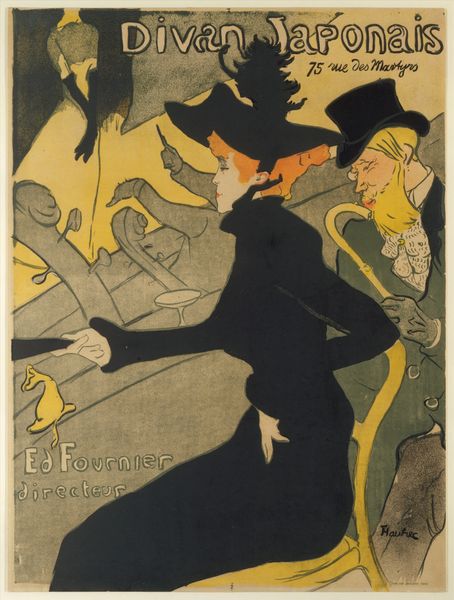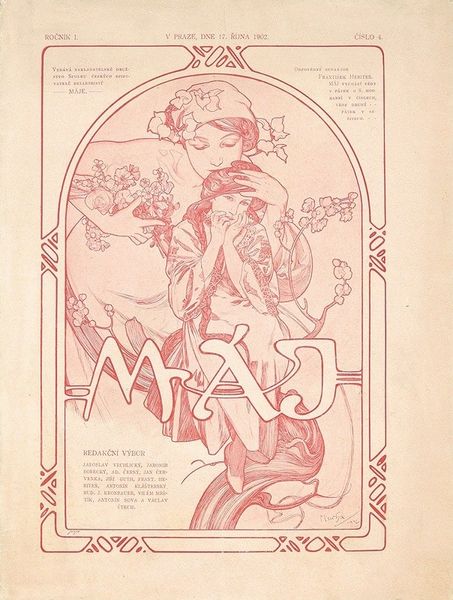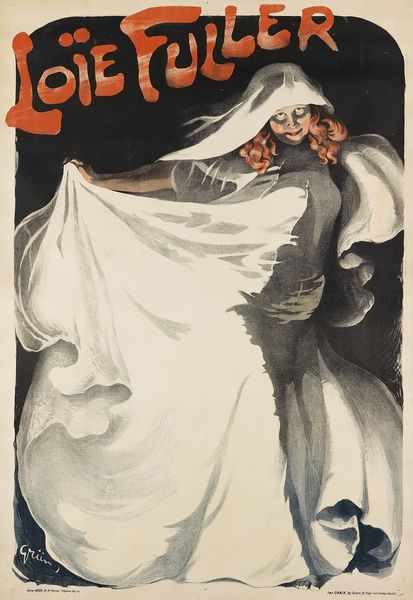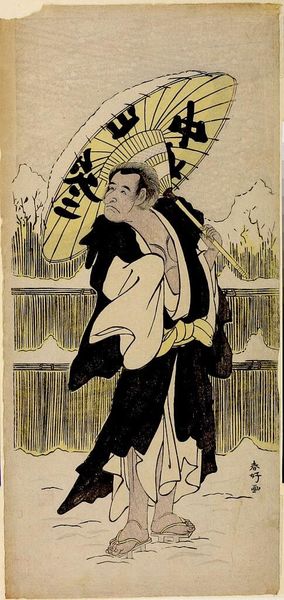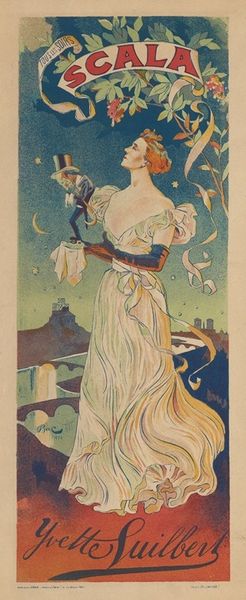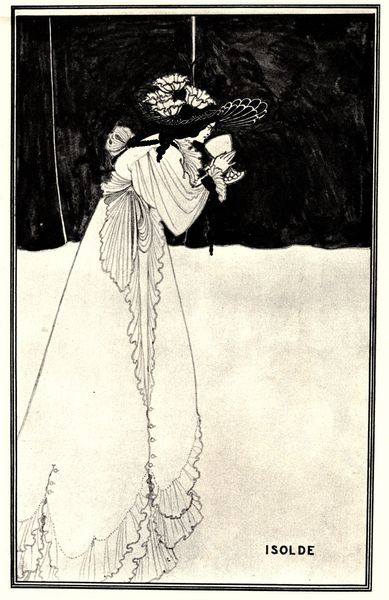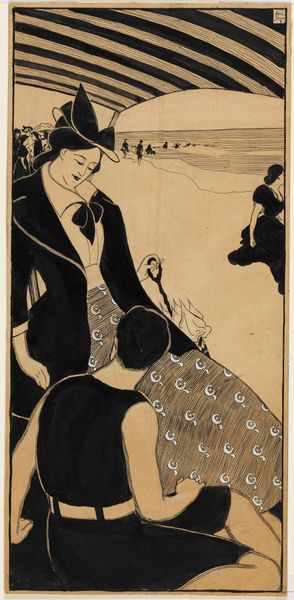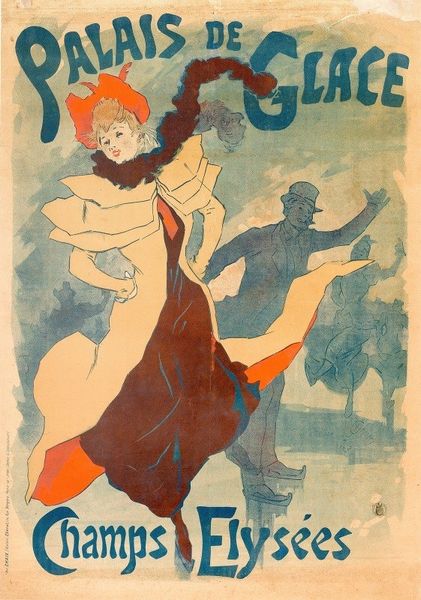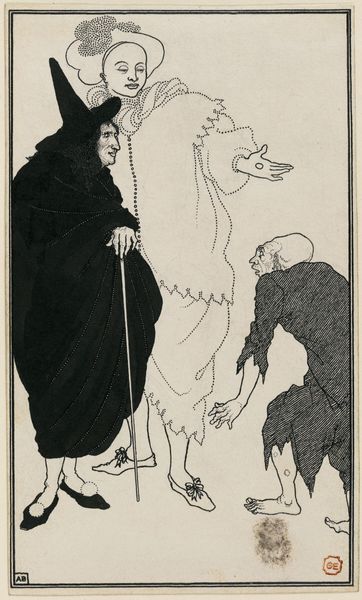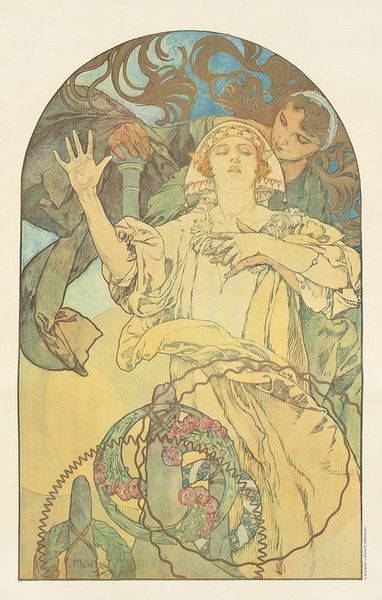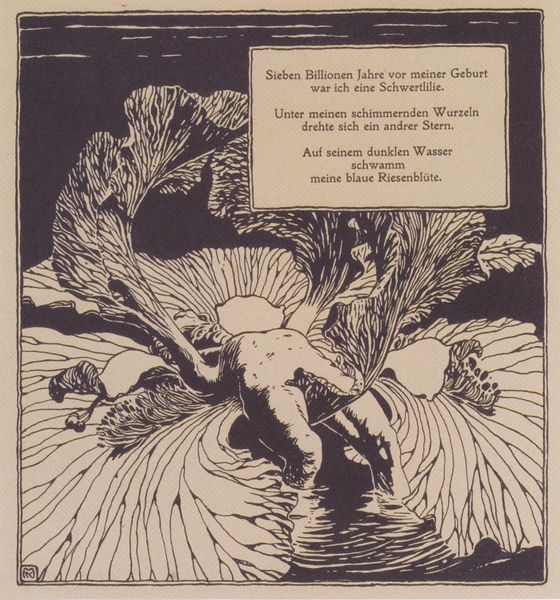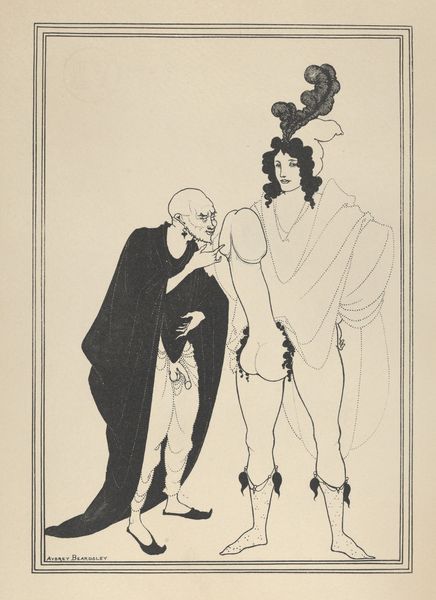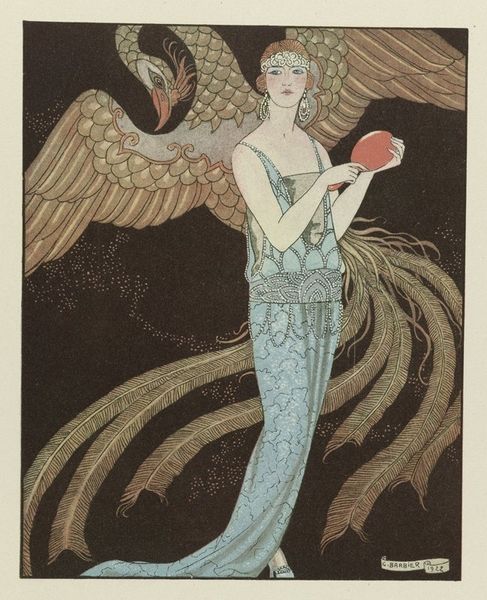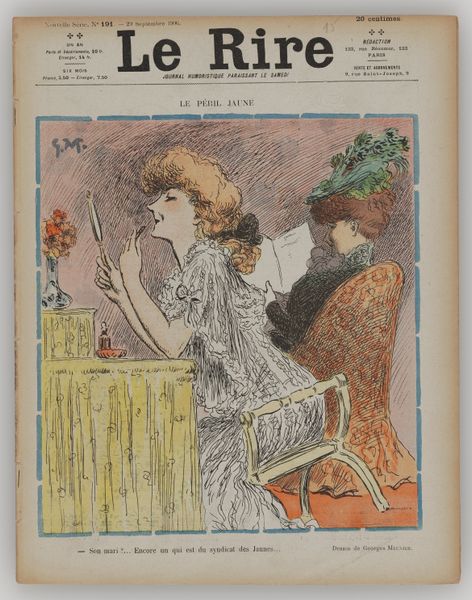
graphic-art, print
#
graphic-art
# print
#
book
#
caricature
#
caricature
#
german-expressionism
#
text
#
expressionism
#
symbolism
Copyright: Public domain
Editor: So, here we have Thomas Theodor Heine's "Kiss of Peace" from 1919, originally published in the magazine Simplicissimus. It's a print showing a demon embracing an angel. I’m immediately struck by how unsettling it is; the forced embrace looks so violent. What historical context should we keep in mind when viewing this? Curator: A crucial element to understand is the socio-political context of post-World War I Germany. Heine produced this work immediately after the war, during a period of immense social and political upheaval. Magazines such as *Simplicissimus* were powerful vehicles for political satire. Editor: I see. So, the apparent violence of the embrace is intentional? Curator: Absolutely. Consider the title "Kiss of Peace" ironically. Heine likely uses the imagery of the angel and the demon to critique the Treaty of Versailles. He casts a critical eye on the concept of imposed peace and its consequences. Is the angel resisting or submitting? Does the embrace suggest domination or cooperation? Editor: That reframing makes perfect sense! Is the demon supposed to represent a specific entity or power? Curator: Interpretations vary, but the demon is broadly seen as a representation of the destructive forces and political opportunism following the war. Heine challenges viewers to question the supposed victory and consider the costs of the "peace." Do you see how this imagery contrasts with earlier, more heroic depictions of war? Editor: Yes, it's a far cry from celebratory war paintings. This forces the viewer to question everything about the resolution. I hadn't considered the magazine's influence in shaping public opinion. Curator: Precisely! Understanding the artwork’s initial context sheds new light on its intent. It's a sobering commentary on the illusion of peace and the enduring legacy of conflict, something applicable even today. Editor: I learned so much! This piece really demonstrates how much context shapes an artwork’s reception. Thank you.
Comments
No comments
Be the first to comment and join the conversation on the ultimate creative platform.
